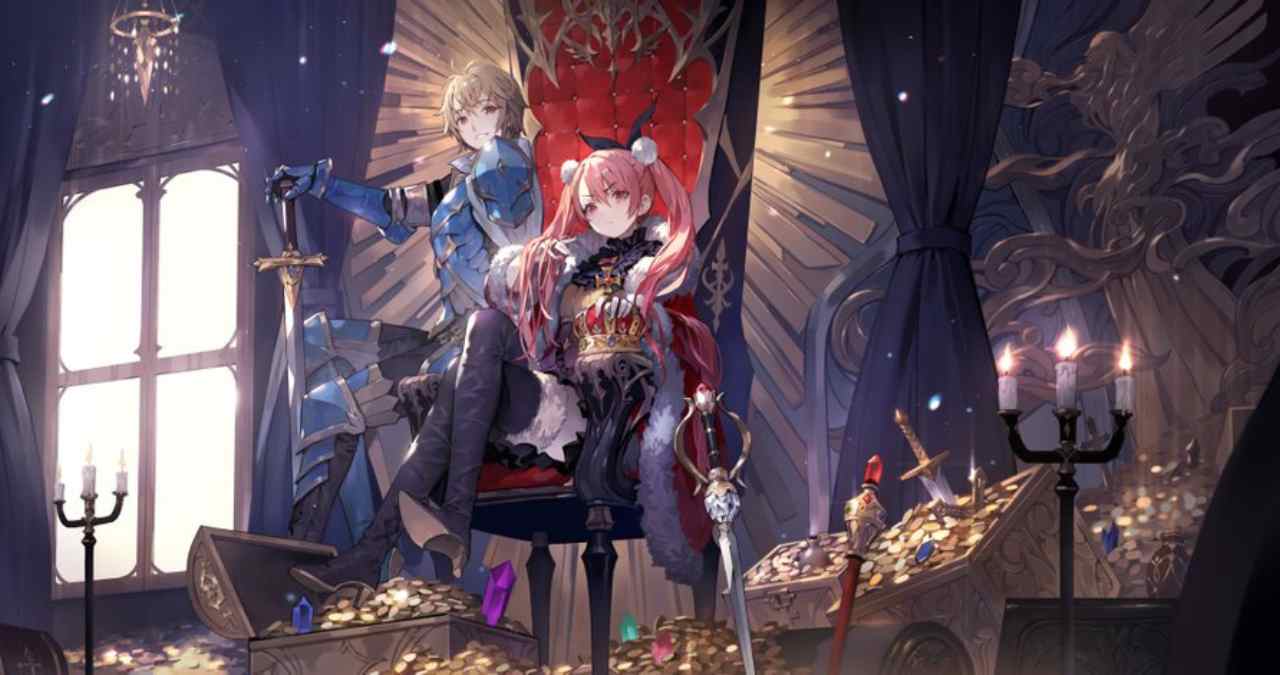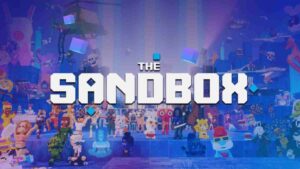ARIA, the fantasy-themed Web3 RPG, is undergoing a full rebrand. The move doesn’t just touch logos and visuals it comes with updated tokenomics, a clearer ecosystem structure, and a refocused message around where the project is headed.
This kind of realignment isn’t rare in the current Web3 cycle, especially for projects that launched early and are now reshaping for broader reach or longer-term sustainability. For ARIA, it’s a shift from experimentation toward more defined systems and a narrowed, but more durable, economy.
Rebrand Clarifies Project Identity
One of the bigger takeaways is that “ARIA” is no longer being used interchangeably across all layers of the project. Instead, the core game, blockchain layer, and governance elements are being split into distinct components, each with its own label.
This isn’t just a cosmetic change. It’s about reducing confusion across the community, particularly as ARIA tries to grow its ecosystem beyond the early adopter crowd. By untangling naming conventions, the team is aiming for smoother onboarding and better alignment between the game itself and its supporting infrastructure.
New Tokenomics Model Targets Stability Over Growth Loops
Alongside the rebrand, ARIA is rolling out a new tokenomics model. The emphasis is on curbing inflationary rewards and pushing utility-driven circulation. In other words, less focus on handing out tokens for time spent, and more on making those tokens meaningful within gameplay and governance.
Supply caps have been redefined, emission rates adjusted, and core tokens separated by role: one for utility in-game, another for broader governance. This type of split mirrors what other Web3 games are doing to protect their economies from speculative swings while still keeping a reward structure in place.
Ecosystem Restructuring Adds Guardrails
The updated structure also includes tighter project boundaries. ARIA had previously positioned itself as an expanding world, with various products and experiences branching off the core RPG. That scope is being pulled back slightly to focus on what’s already live or near-launch.
It’s a strategic reset that reflects a maturing market. Fewer promises, more delivery. While side projects may still come, they’ll likely be framed more as extensions than pillars. For players and investors alike, this creates more clarity around what ARIA is prioritizing next.
Web3 Integration Still Central, But Less Frontloaded
ARIA still runs on blockchain rails. Characters and items are NFTs, and the economy is built around token use. But the project is leaning into a more subtle integration, where the Web3 layer sits beneath the surface rather than being the first thing new players encounter.
This follows a growing trend in the space: abstracting blockchain mechanics so that they don’t overwhelm casual or non-crypto audiences. The underlying tech still matters, especially for ownership and liquidity, but it’s now treated more like backend infrastructure than a selling point.
Signals a Move Toward Long-Term Viability
The ARIA rebrand and tokenomics overhaul send a clear message: the team is in it for the long haul, but they’re trimming excess and making the ecosystem easier to understand. It’s a step away from overextension and toward building a game-first platform that can support its community sustainably.
Whether that structure holds up in the current Web3 gaming landscape will depend on execution, but at the very least, the shift suggests ARIA is trying to grow up, not just grow.
Web3 Analyst & Play Blockchain Games Guide
CryptoKit breaks down Web3 gaming like it’s second nature. From tokenomics to airdrop strategies, she turns blockchain chaos into clear, actionable advice for players who want to win more than XP.




